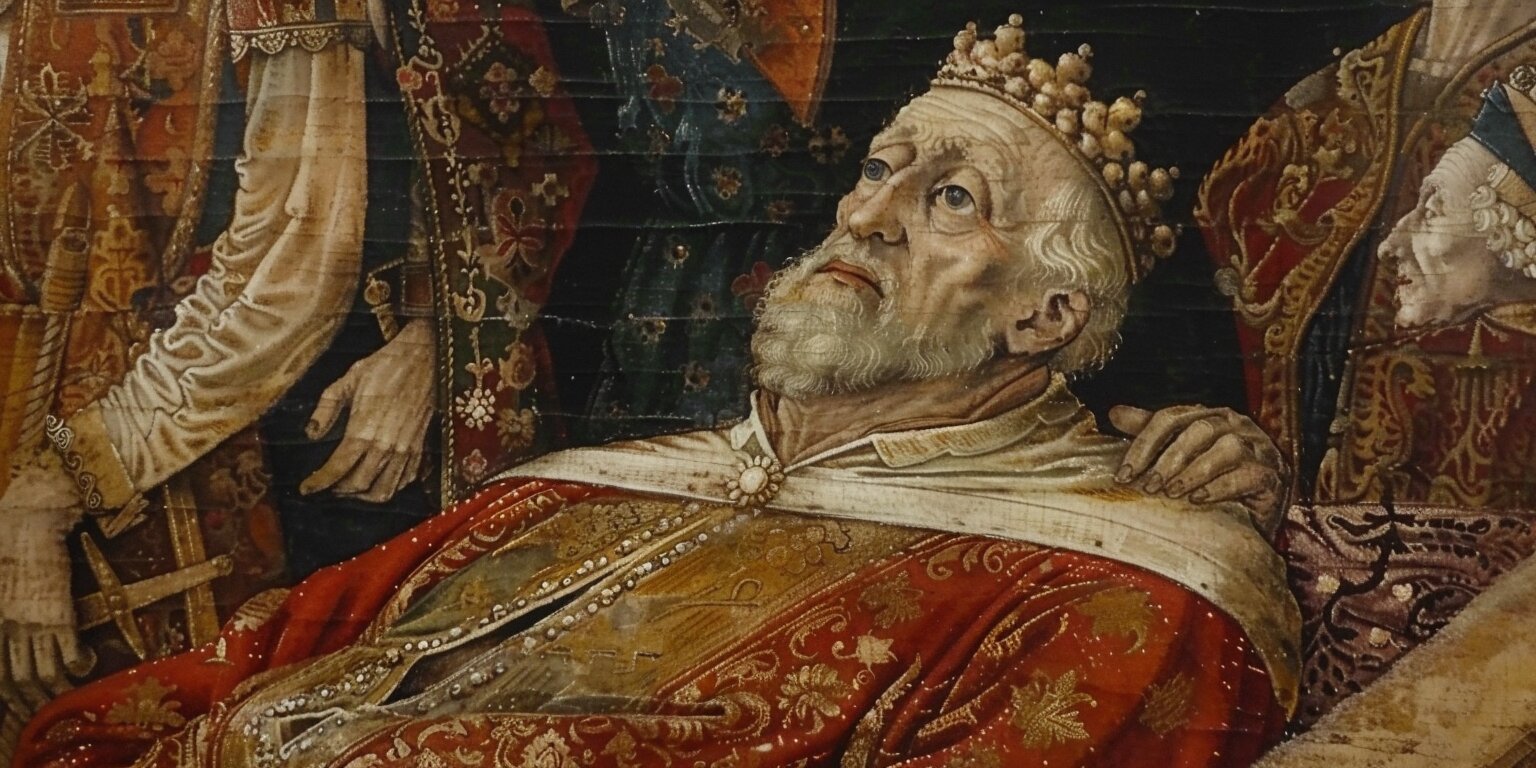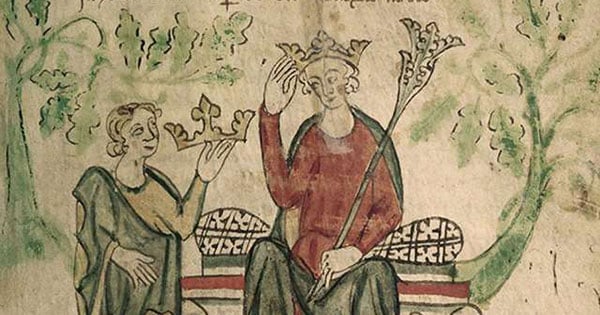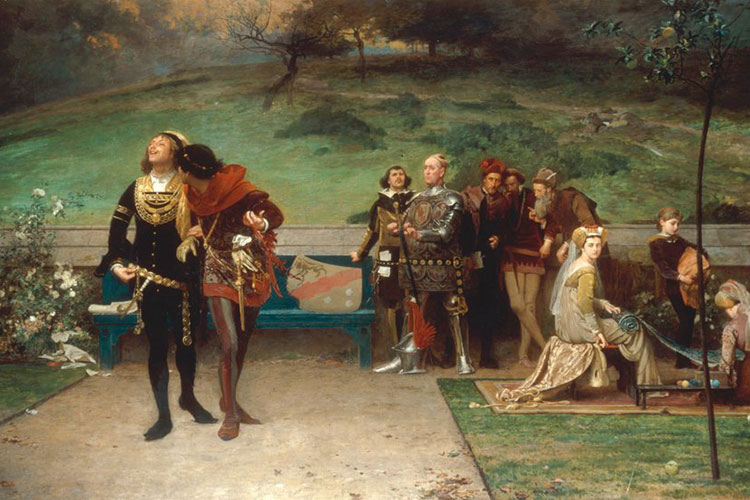After seven centuries of mystery, DNA evidence has reignited one of England’s darkest and most debated historical questions: did King Edward II really die a gruesome death at Berkeley Castle, or did he escape — living out his final years in secret exile?

For hundreds of years, the official story has remained both horrifying and fascinating: the deposed king, imprisoned by order of his wife, Queen Isabella, and her lover Roger Mortimer, was brutally murdered in 1327 — allegedly by the insertion of a red-hot poker into his body, a grotesque act meant to symbolize both vengeance and humiliation. But as modern forensic science turns its lens on the past, that story may no longer hold up.

A recent DNA study, led by geneticists and historians at the University of Cambridge, has uncovered startling inconsistencies between the remains believed to belong to Edward II — interred at Gloucester Cathedral — and the genetic markers of the Plantagenet royal bloodline. While the nuclear DNA suggests a partial link to Edward’s known relatives, the mitochondrial DNA, passed maternally, does not align perfectly with recorded descendants. In other words: the man buried in Edward II’s tomb might not be Edward II at all.
This revelation resurrects a theory that was long dismissed as legend — that Edward survived his alleged execution and lived under the alias of William the Galeys, a hermit who appeared in Europe years later claiming to be the fallen king. Several 14th-century documents, including letters from Pope John XXII and King Edward III (his son), contain cryptic references that lend surprising credibility to the survival story.

Historians now believe that Isabella and Mortimer may have faked Edward’s death, staging a burial while secretly smuggling the king abroad to prevent further uprisings. The DNA anomalies from the Gloucester tomb could finally confirm this elaborate deception — a cover-up that rewrote English history.
If proven true, this finding would overturn centuries of accepted fact and force historians to reassess the legitimacy of Edward III’s succession, as well as the political motives behind Isabella’s infamous coup. It would also redefine Edward II’s legacy, transforming him from a tragic martyr to a fugitive king who outwitted his captors and vanished into legend.

Lead geneticist Dr. Eleanor Hughes summarized the implications succinctly:
“What we’re seeing isn’t just a question of identity — it’s a question of truth versus narrative. History often tells the story of the victors. DNA tells the story of the body.”
The investigation is ongoing, with researchers preparing for full genome sequencing to confirm whether the Gloucester remains truly belong to Edward II or to an anonymous substitute buried in his place.

Seven hundred years later, the mystery remains alive, and the answers may finally be within reach. Whether Edward II was the victim of royal vengeance or the architect of his own disappearance, one fact is clear: the truth has been buried long enough.





